So, you want to start a podcast. Great! Podcasting offers up an incredible platform for creative storytelling and self-expression with a low cost to entry. Plus, the podcast boom in the past few years means more people than ever are craving great audio content. But, along with more ears on podcasts there are also many more podcasts on offer.
What does that mean? It means that if you’re going to stand out you need to create a podcast that people want to listen to, but also one that you’re able to keep up with. Consistency is key in all types of digital content — so let’s talk about how to plan a podcast that’s easy on the ears and that you can realistically pull off.
When planning a podcast, format comes first. You may have a million great ideas, but without a structured format your podcast might miss the mark. Choosing the best format for the story you want to tell can be daunting, but it’s also exciting — and, it better be (if you’re not excited while planning your podcast, you’re definitely not going to be excited when you’re up at midnight putting all the pieces together)! So, what’s the best format for you? Let’s explore.
For this blog I’ve built out four big podcast format buckets. From the get-go I’m going to tell you that not all podcasts fit into these buckets, and some podcasts (great ones at that) are built with a splash from each bucket. It’s not a perfect science — but that makes it easier to blog about.
Here are the format buckets:
- Solo/Monologue: includes Stream of Consciousness, Advice Columns, Solo Storytelling
- Interview: One-on-One, Radio Show Style
- Conversational/Chat Cast: Round Table, Multi-host, Fancasts, Call-in
- Narrative/Documentary: True Crime, Serialized Fiction, Historical, Investigative Reporting
We’re going to dip into each of these buckets and for fun let’s knock them out starting with the easiest format and moving towards the most involved (and expensive) one.
Solo/Monologue
There’s something about speaking into a microphone in the comfort of your own office (or let’s be honest — closet) that can make podcasting feel comfortable for some creators. Whether scripted or off-the-cuff, solo or monologue podcasts depend solely on the host for both content and charm. It may be technically easier, but it also needs to be engaging.
That’s why you’ll see a lot of leaders who are experts in their space pulled towards the Solo/Monologue style of podcasting. It’s like blogging, but with your voice. From advice columns, to short story readings engineered to put you to sleep, all the way to news talk radio style rants — the solo/monologue podcast can take you in many directions.
Pros: You don’t have to depend on the schedule of a co-host or an interviewee, the editing load is lighter and you can dictate what content is placed where.
Cons: You have to be an engaging enough host to carry the whole podcast, you don’t have co-host chemistry to keep people listening, and it’s a lonely venture for an indie podcaster working as a team of one.
Gear Suggestions: USB mic, some sound deadening
A good place to start is with Blue Yeti USB microphones.
- Before Breakfast (Apple | Spotify)
- Respectful Parenting: Janet Lansbury Unruffled (Apple | Spotify)
- Dan Carlin’s Hardcore History (Apple | Spotify)
- Nothing Much Happens (Apple | Spotify)
Conversational/Chat Cast
It may take two microphones and some great chemistry, but the chat cast — or the conversational podcast — has been a favourite format from the beginnings of the medium. Whether it’s a fancast, a round table or a call-in show, chat casts bring in different voices to spark discussion and — sometimes — fuel disagreements.
Pros: It’s easier to go unscripted when you have a co-host or panel to help move the conversation forward, conversations can be planned around a theme or current affairs with little research done ahead of time, audience engagement can be used for content and the podcast doesn’t solely rely on one person to carry the full load.
Cons: Personality clashes between co-hosts or panels can cause friction and you have to rely on the schedule of more than one person for each episode (hot tip: batch record).
Gear Suggestion: Two mics, mixer, recorder, interview kit
Rode’s Interview Kit is a great solution for quick and easy dual audio recording and provides crystal clear audio. A mixer to check out would be the Rodecaster Pro, which is great for enthusiasts to pros.
Try Listening to:
- Slate Culture (Apple | Spotify)
- Call Your Girlfriend (Apple | Spotify)
- Spittin’ Chiclets (Apple | Spotify)
- My Favourite Murder (Apple | Spotify)
Interview
We’ve seen the rise of the interview podcast skyrocket over the past few years — especially with every celebrity and their brother (eh ehm Kate Hudson) starting a podcast to interview their famous friends.
But, interview-style podcasts can be a great way to bring intimate conversations right to your podcast listeners’ ears. Booking engaging guests is the best way to make your podcast uber listenable, but your chops as an interviewer matter here.
Pros: Big guests (especially popular podcasters) can get you more downloads, you can get by with minimal editing and if you’re a good interviewer with an interesting niche you can make an interview podcast really stand out.
Cons: More research in advance to craft an engaging interview, you need to rely on the schedule of the guests you want to book and if you’re not a great interviewer (or, if your guest isn’t great at being interviewed) you risk losing listeners off the hop.
Gear suggestions: Two mics, mixer, recorder, interview kit
The Shure SM7B microphone is used by many of the most popular podcasting and recording studios, and the Rode Report Mic is another good option for interviews. For a higher end interview microphone, check out the Sennheiser AVX-835.
Try Listening to:
- Armchair Expert (Apple | Spotify)
- Without Fail (Apple | Spotify)
- More with Anna Maria Tremonti (Apple | Spotify)
- Table Manners with Jessie Ware (Apple | Spotify)
Documentary/Narrative
And now to the most involved format of them all — and hardest to pull off. Documentary/ Narrative podcasts are the belle of the ball when it comes to viral “binge-able” audio content.
Often the documentary podcast Serial (an offshoot of narrative heavyweight This American Life) is credited for bringing new listeners to podcasting apps in droves in 2014. The true crime genre has taken on this style and run with it right to the top of the podcast charts. This style knits together interviews, music, gathered sound and reporting into an attractive audio sweater.
To pull off a documentary/ narrative style series well you need to know what you’re doing. It can take dozens of hours of preparation, reporting and editing to create an hour’s worth of content. The time investment is high — and if it’s done right the payoff can be worth it.
Pros: A beautiful way to tell audio stories, produces highly binge-able content and offers the ability to tell a story with depth and detail in sound.
Cons: Incredibly time intensive to make and requires skill in reporting and editing (not for everyone).
Gear Suggestions: A really crisp handheld mic and a good recorder
The Zoom H6 Field Recorder is a great option for capturing audio in the field and plug into audio sources on the go.
Try Listening to:
- The American Life (Apple)
- Radiolab (Apple | Spotify)
- Modern Love (Apple | Spotify)
- 99% Invisible (Apple | Spotify)
- Dolly Parton’s America (Apple | Spotify)
- Snap Judgment (Apple | Spotify)
Did you see a format that speaks to you? Or, do you think you could blend two formats together to make something great?
For my podcast, I host an interview show where I mix in a morsel of monologue and a dash of Documentary/Narrative. That’s what works for me (and my schedule).
Tell us in the comments below which format you’ve chosen for your podcast and why.
What’s Next:
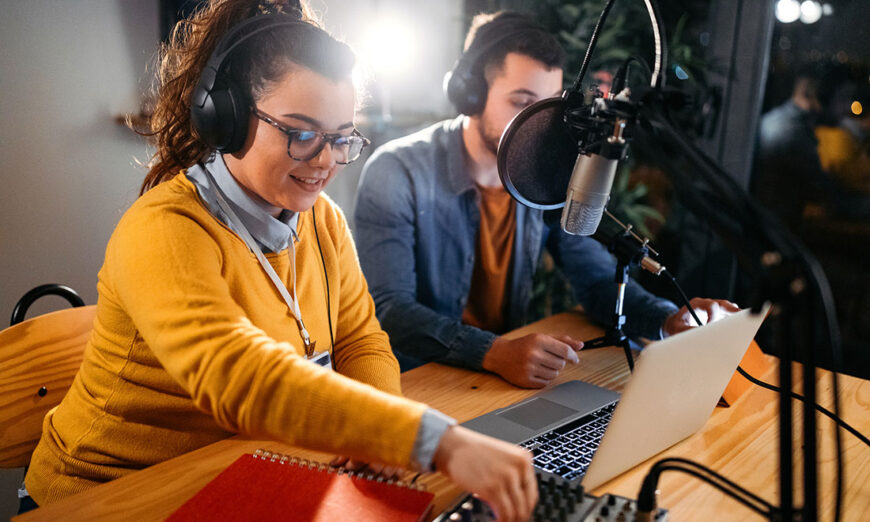
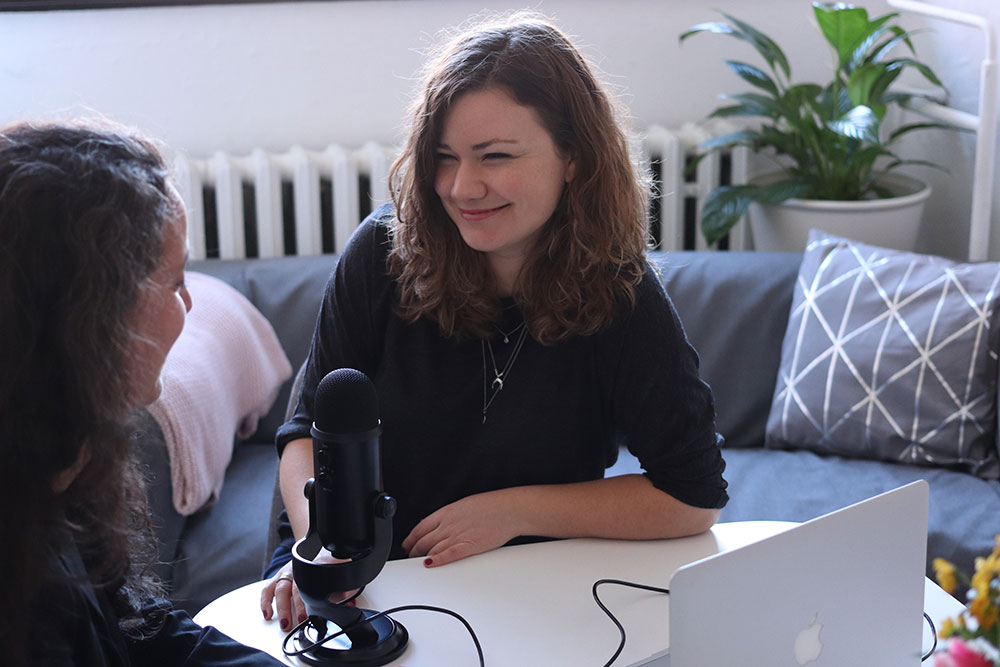
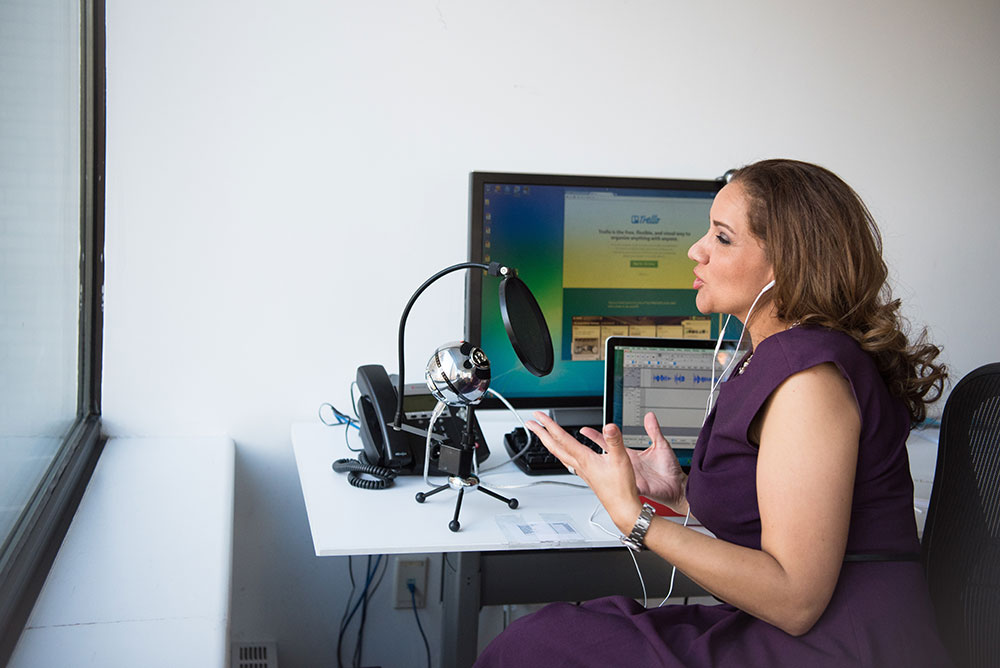
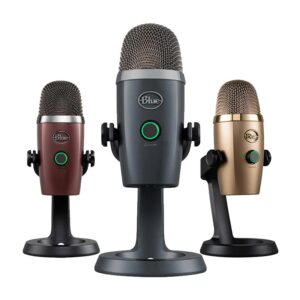
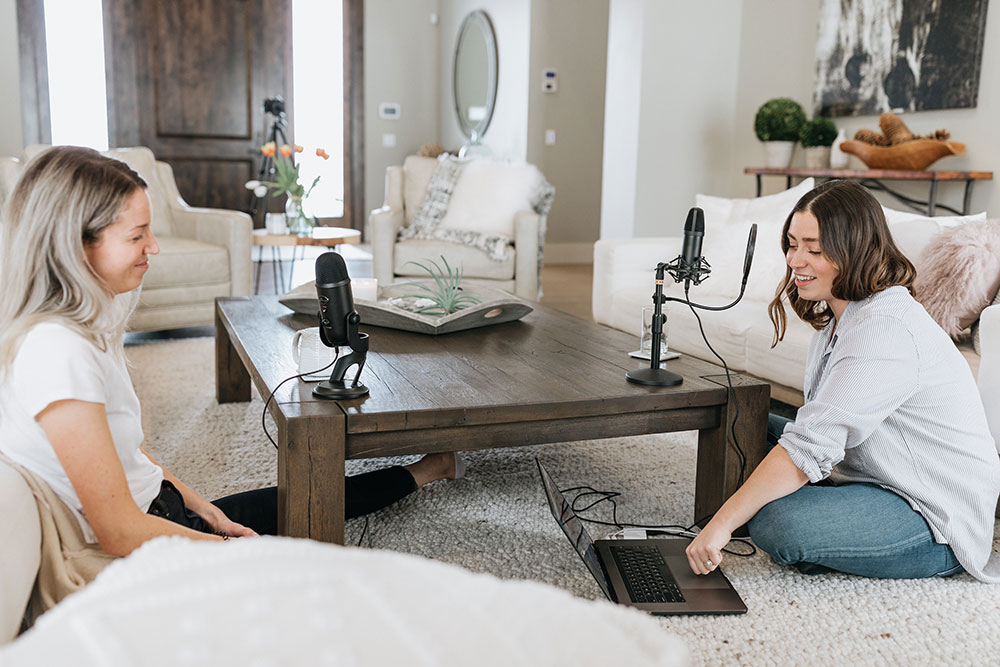
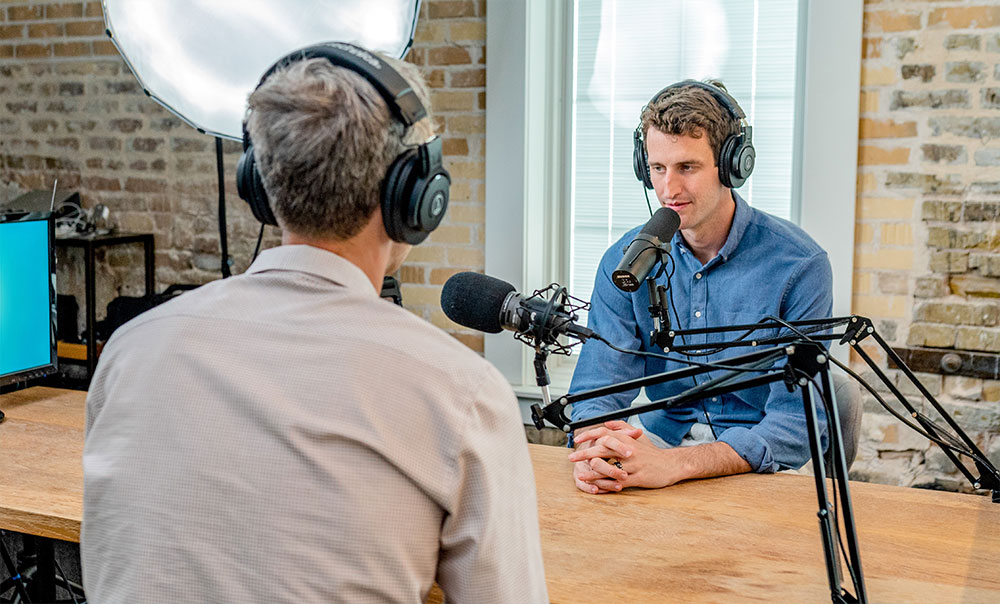
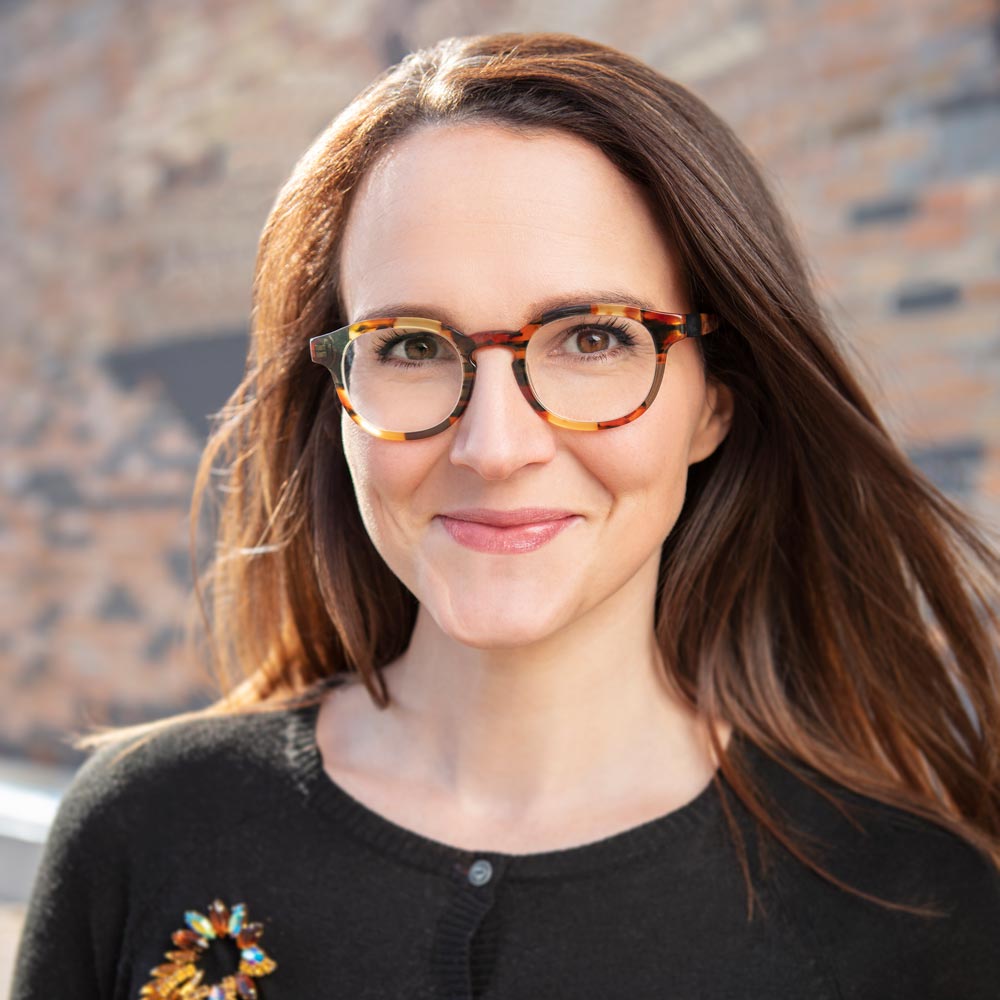
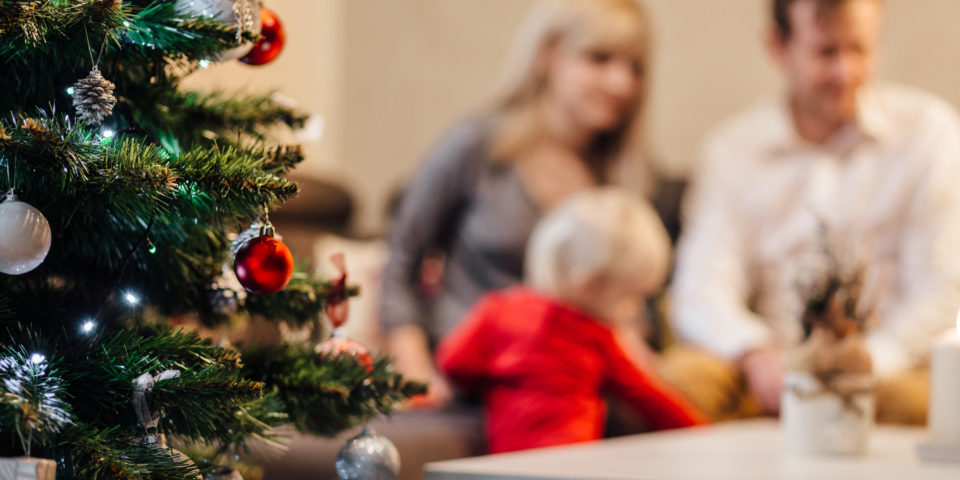
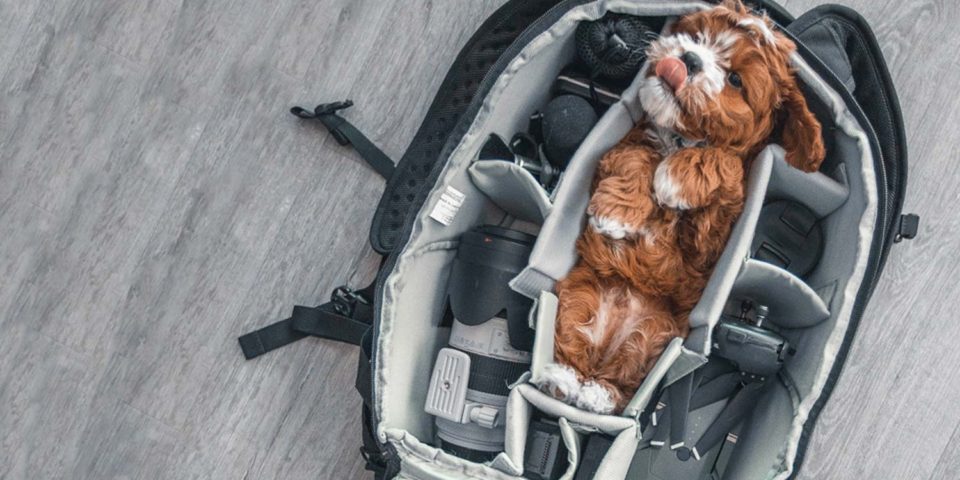
COMMENT (1)
Pingback: 8 Steps to Avoiding Podcaster Burnout | Photography and video news, reviews and tips | Henry's Camera